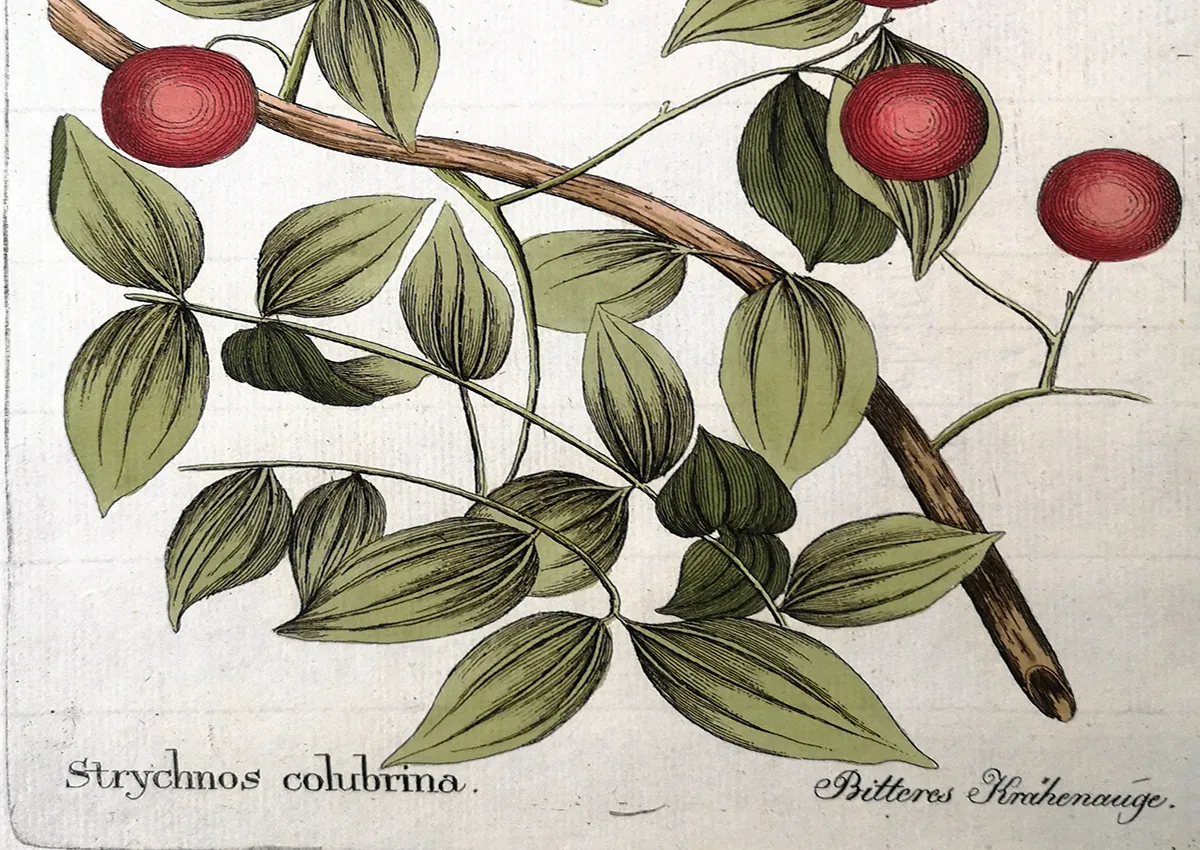Elegant 19th-century botanical engravings from Vietz’s Icones Plantarum, celebrated for their luminous colouring and crisp structural detail. Each plate captures the natural geometry of leaves and stems with refined Viennese precision — a perfect blend of science, beauty and decorative harmony.
Art & Artists
-
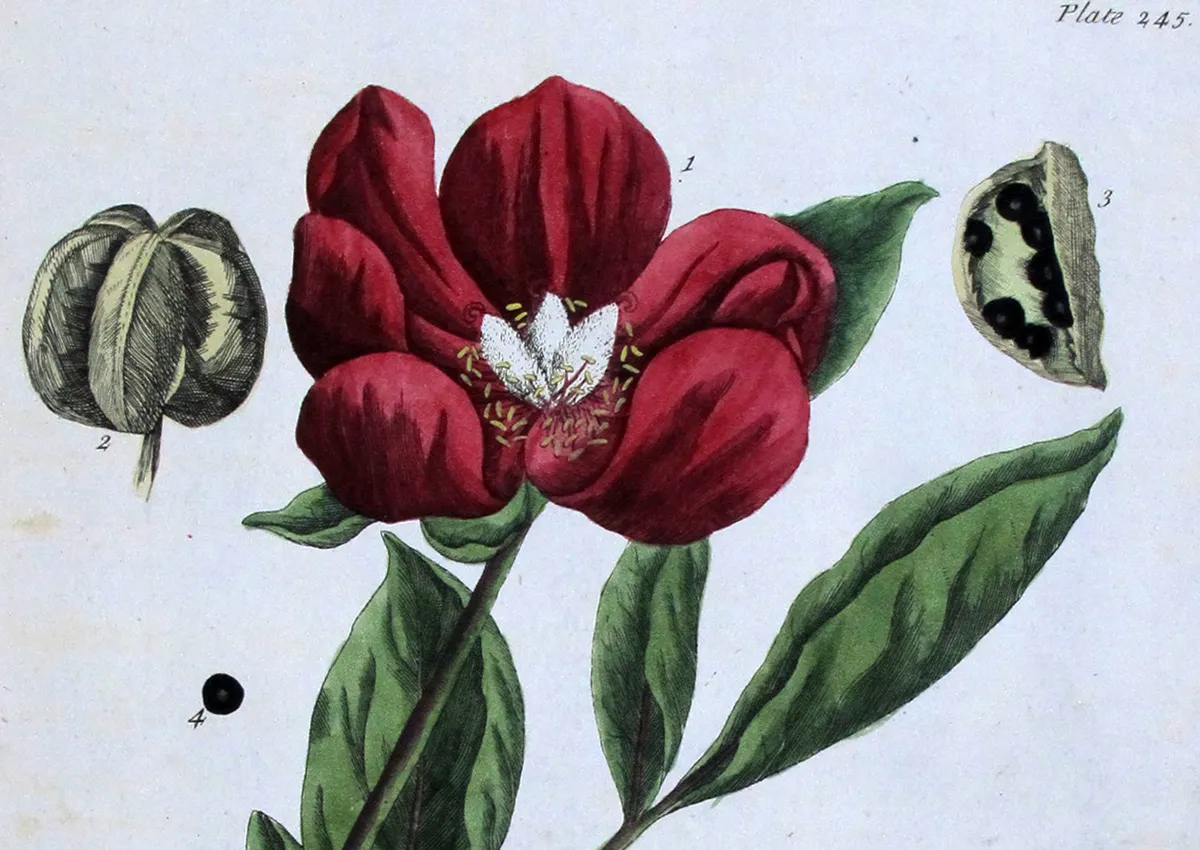 Elisabeth Blackwell: A Curious Herbal & the Birth of Botanical ArtRead more
Elisabeth Blackwell: A Curious Herbal & the Birth of Botanical ArtRead moreElisabeth Blackwell (1707–1758) created the groundbreaking A Curious Herbal, an iconic 18th-century botanical atlas of medicinal plants. Her elegant hand-colored engravings remain among the most celebrated works in natural history art.
-
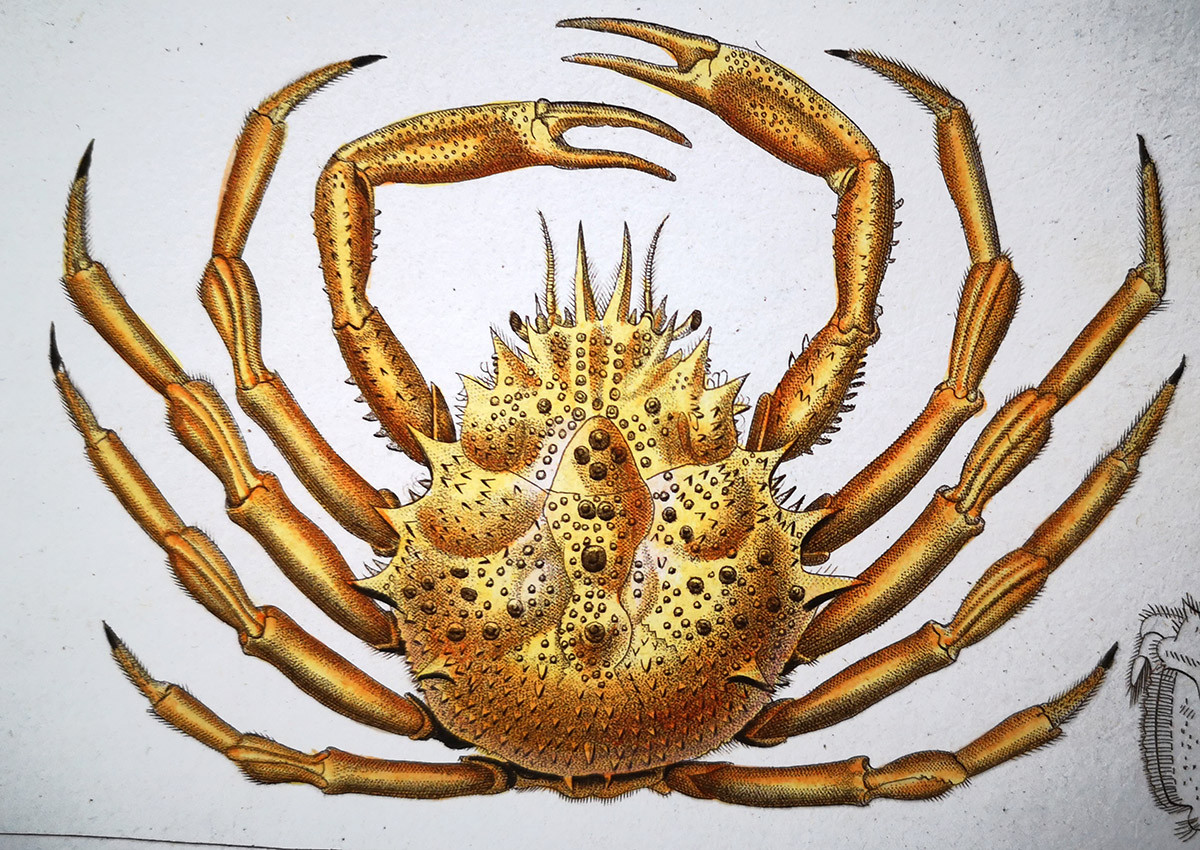 Jean Gabriel Prêtre: Portraitist of the Animal KingdomRead more
Jean Gabriel Prêtre: Portraitist of the Animal KingdomRead moreJean Gabriel Prêtre (1768–1849) A leading 19th-century zoological illustrator, Jean Gabriel Prêtre captured the grace and precision of the animal world through hand-colored engravings. His works for Cuvier and the Dizionario di Scienze Naturali unite scientific accuracy with timeless artistry — a legacy that still inspires collectors and natural history enthusiasts today.
-
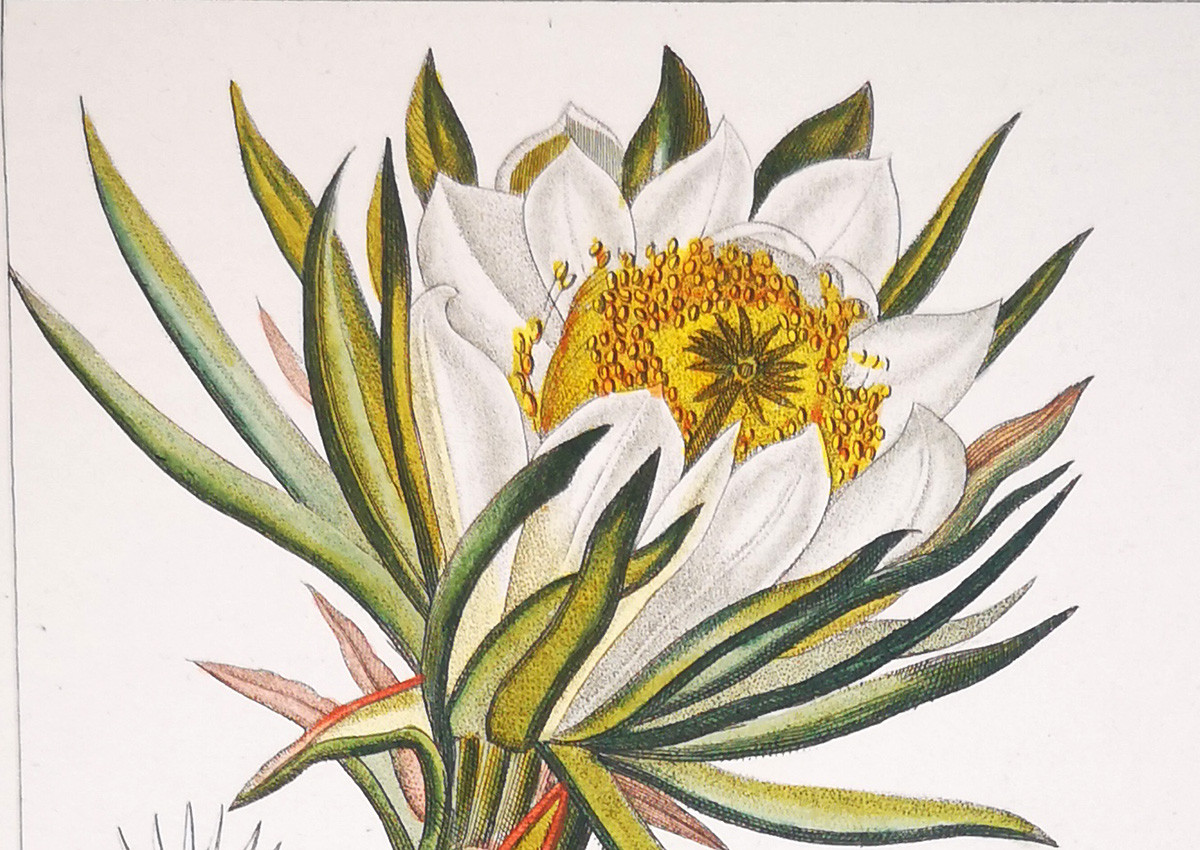 Pierre Jean François Turpin: The Botanical Illustrator of Natural HarmonyRead more
Pierre Jean François Turpin: The Botanical Illustrator of Natural HarmonyRead morePierre Jean François Turpin (1775–1840) was a French botanical illustrator known for the clarity, accuracy, and delicate beauty of his work. Recognized as one of the finest natural history artists of the early 19th century, Turpin combined scientific precision with refined artistic sensitivity, contributing significantly to the visual language of botanical science.
-
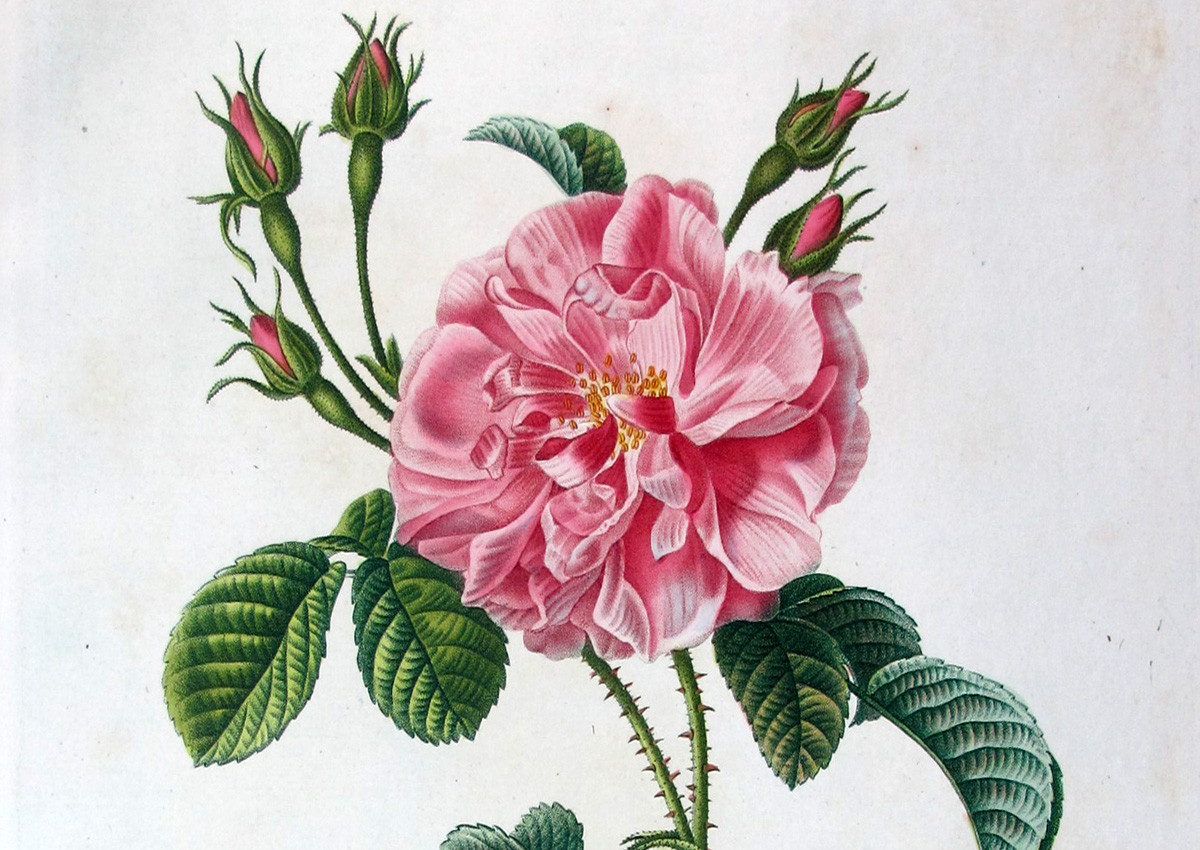 Pancrace Bessa: the Naturalist Painter of Botanical GraceRead more
Pancrace Bessa: the Naturalist Painter of Botanical GraceRead moreIn the pantheon of botanical illustration, Pancrace Bessa (1772–1846) occupies a graceful, luminous place. A student of both Gérard van Spaendonck and a close collaborator of Pierre-Joseph Redouté, Bessa developed a style that blended scientific precision with exquisite pictorial sensitivity.
-
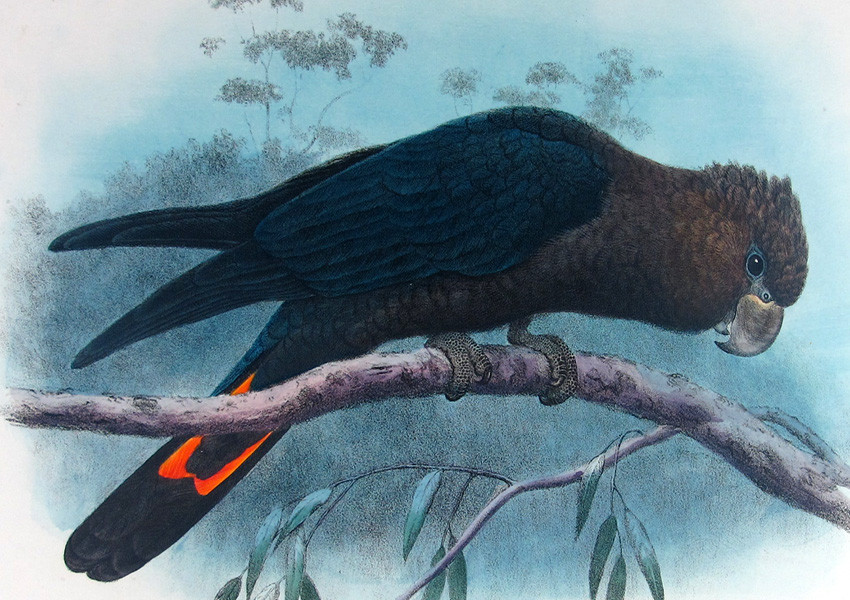 H. Goodchild – Shadows and Structure: The Quiet Precision Behind Australia's Avian DramaRead more
H. Goodchild – Shadows and Structure: The Quiet Precision Behind Australia's Avian DramaRead moreH. Goodchild’s hand-coloured engravings for Gregory M. Mathews’ monumental work The Birds of Australia reveal a quiet mastery of form and restraint.His birds, poised in dignified stillness, embody both scientific precision and artistic grace — a subtle voice within one of ornithology’s grandest achievements.
-
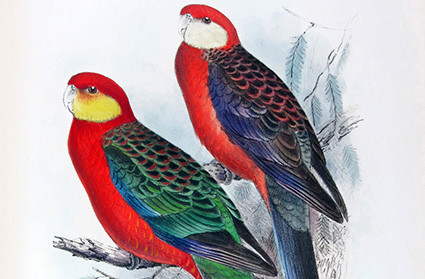 Roland Green: Dynamic Vision and Field-Born Precision in Bird ArtRead more
Roland Green: Dynamic Vision and Field-Born Precision in Bird ArtRead moreA vivid portrait of Roland Green, the British wildlife artist who brought motion, energy, and field observation to the pages of Mathews’ The Birds of Australia.
-
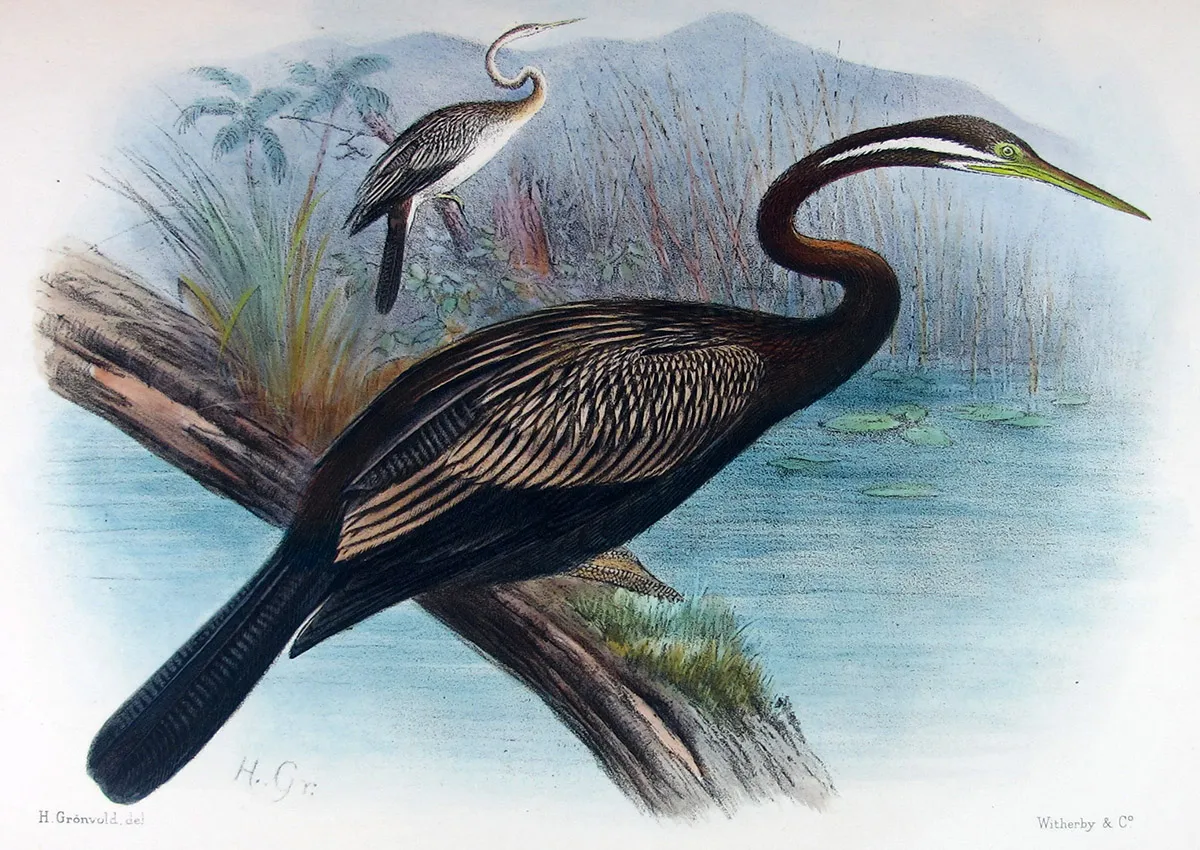 Henrik Grönvold: A Scandinavian Eye for Ornithological GraceRead more
Henrik Grönvold: A Scandinavian Eye for Ornithological GraceRead moreHenrik Grönvold (1858–1940) was a master of early 20th-century ornithological illustration, celebrated for his calm compositions, refined colors, and contributions to Mathews’ “The Birds of Australia.”
-
 J.G. Keulemans: Precision and Passion in Ornithological IllustrationRead more
J.G. Keulemans: Precision and Passion in Ornithological IllustrationRead moreJohannes G. Keulemans, the master illustrator of 19th-century ornithology, blended scientific precision with poetic calm. His hand-colored bird engravings remain timeless icons of natural history art, treasured by collectors and perfect for refined interior spaces seeking beauty, heritage, and quiet elegance.
-
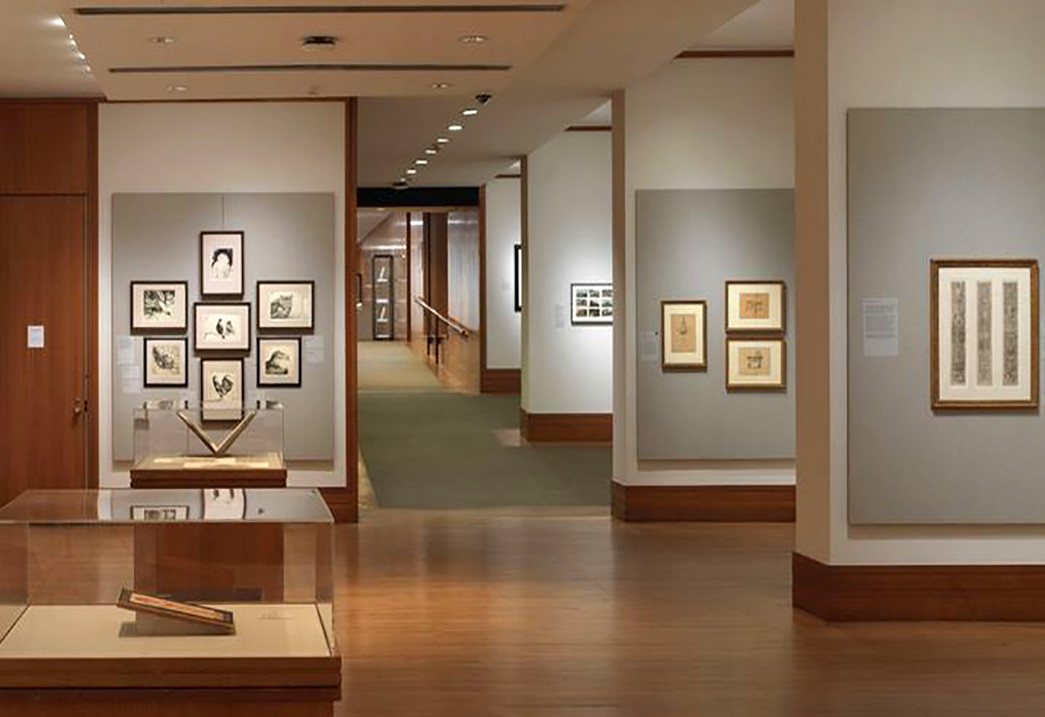 Émile-Allain Séguy: Nature, Color, and the Decorative Avant-GardeRead more
Émile-Allain Séguy: Nature, Color, and the Decorative Avant-GardeRead moreA Life Between Science and Style. Séguy’s art is more than decoration. It is a reminder that even in the age of machines, nature remains the most enduring source of pattern, color, and wonder.

